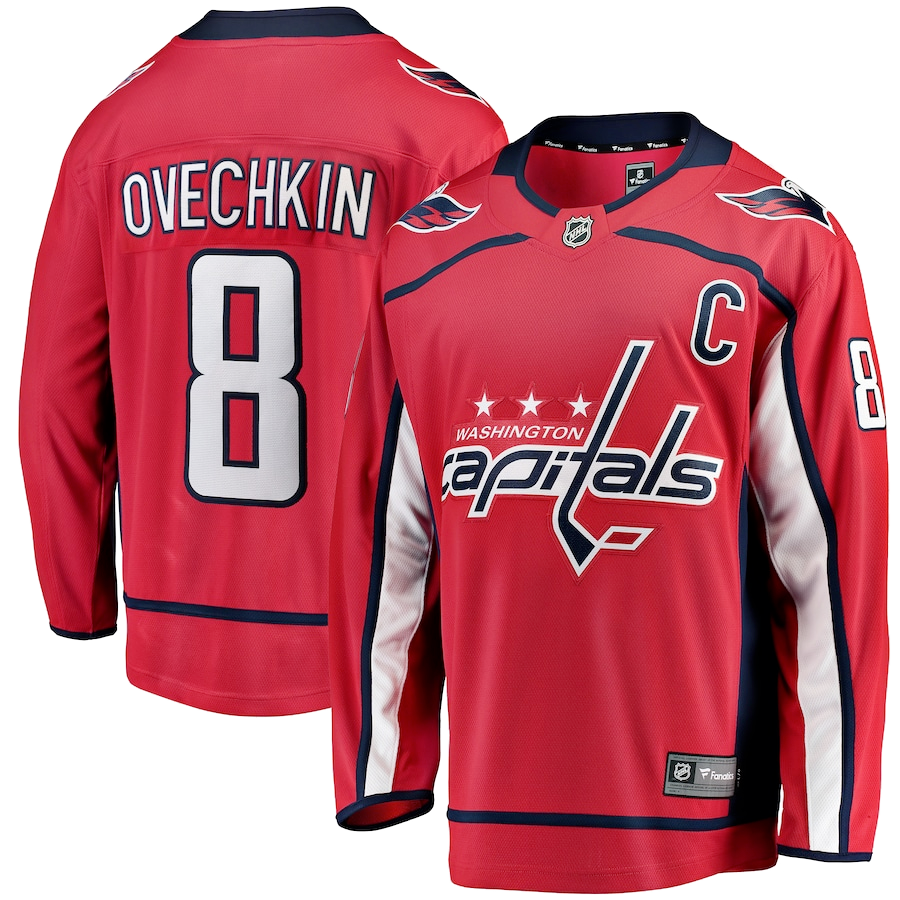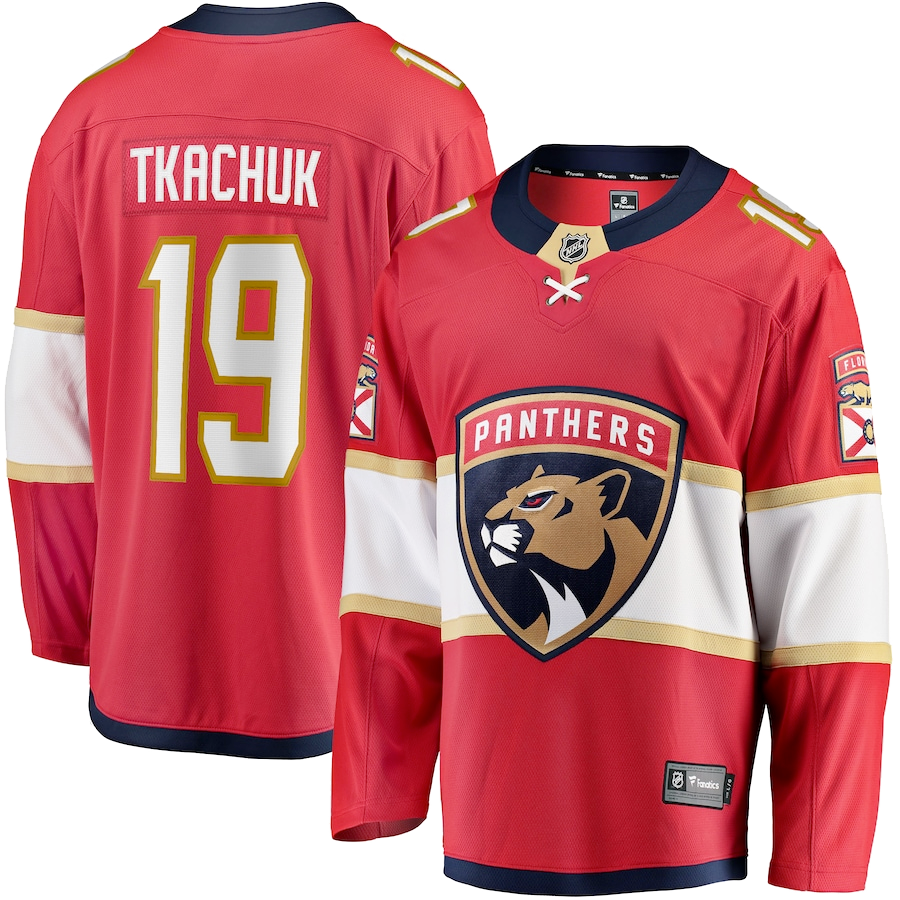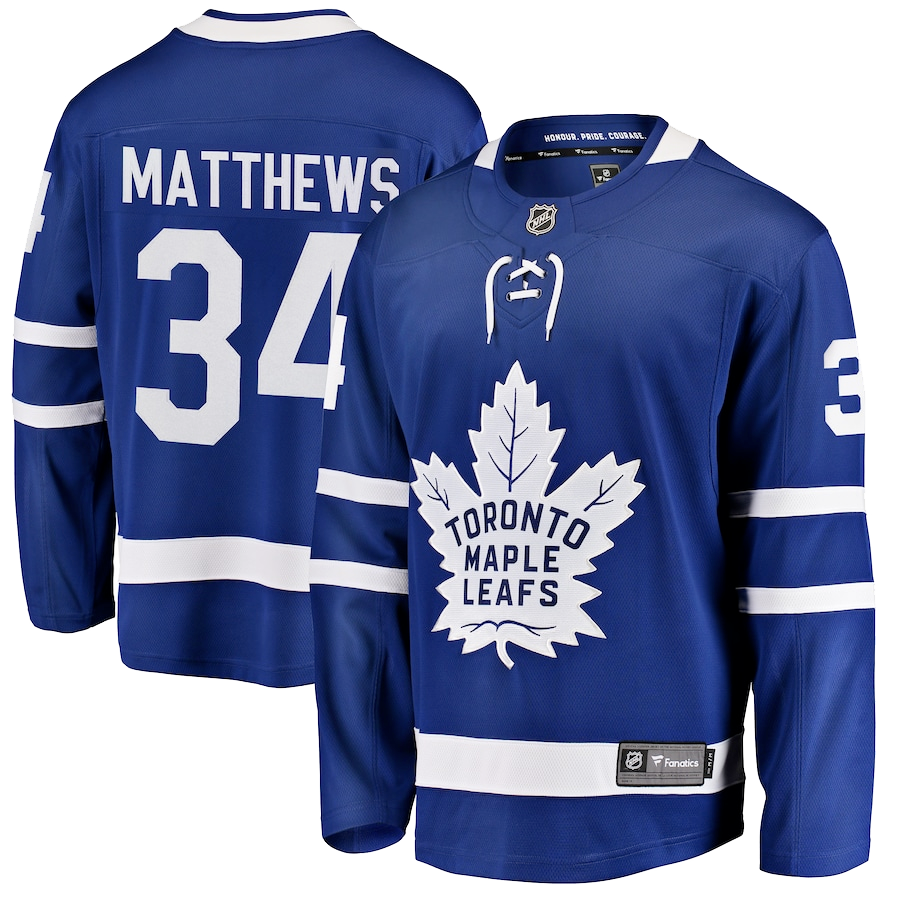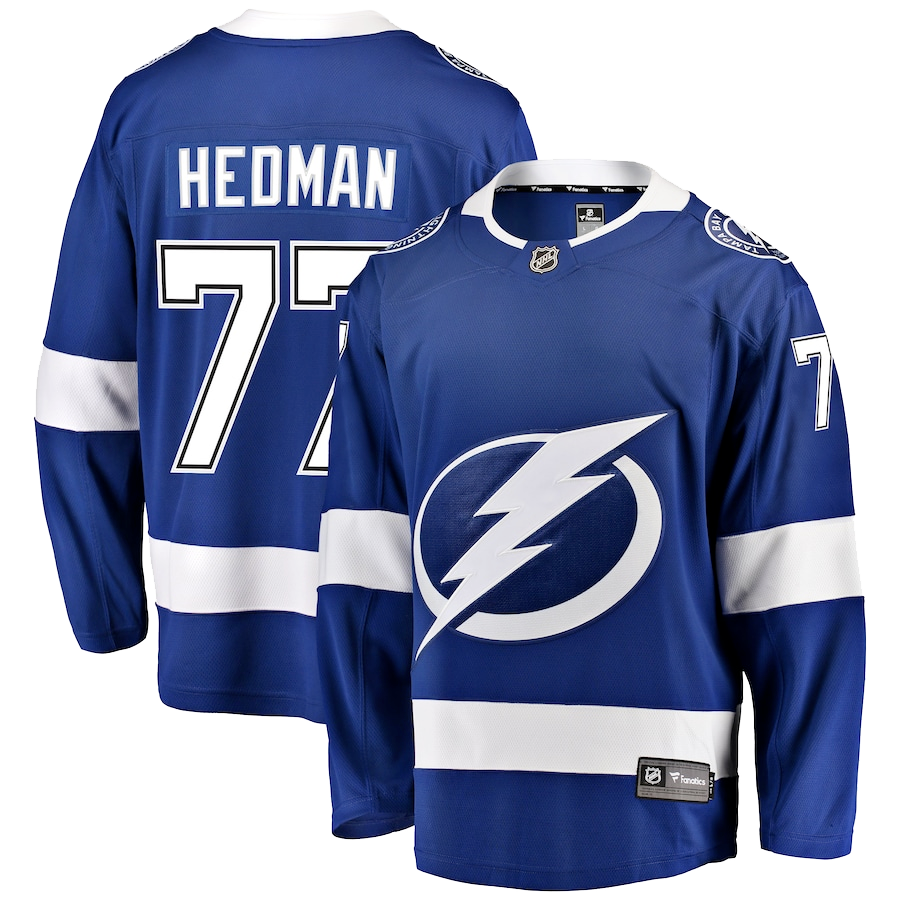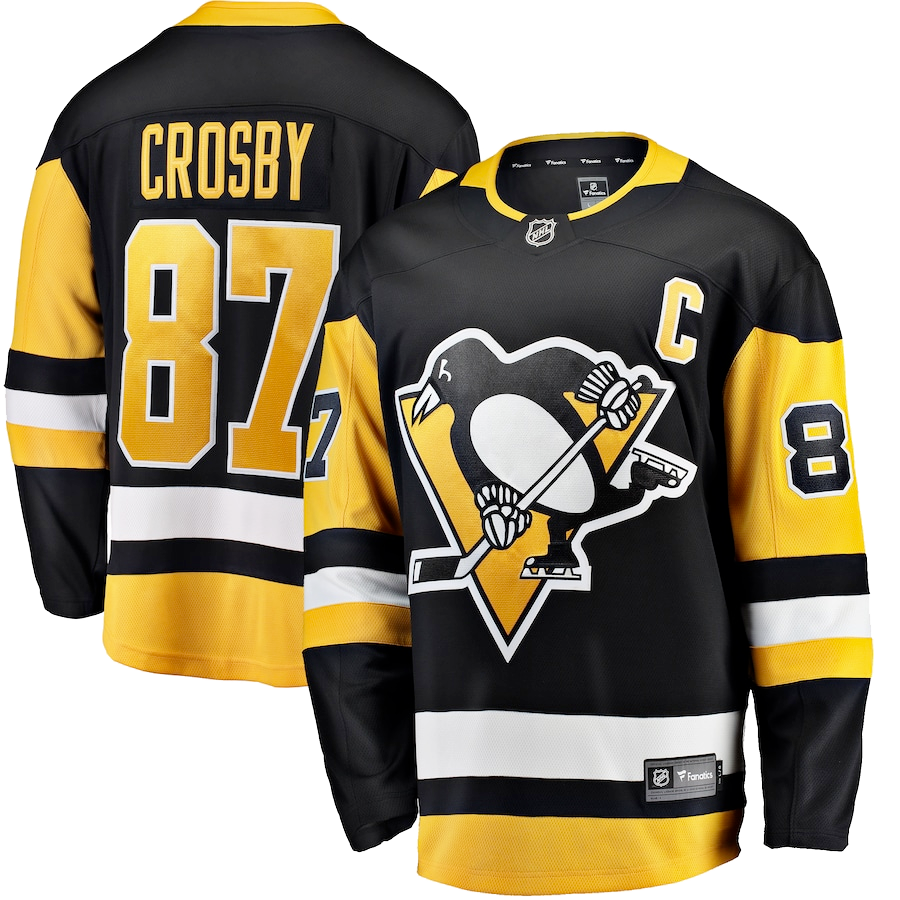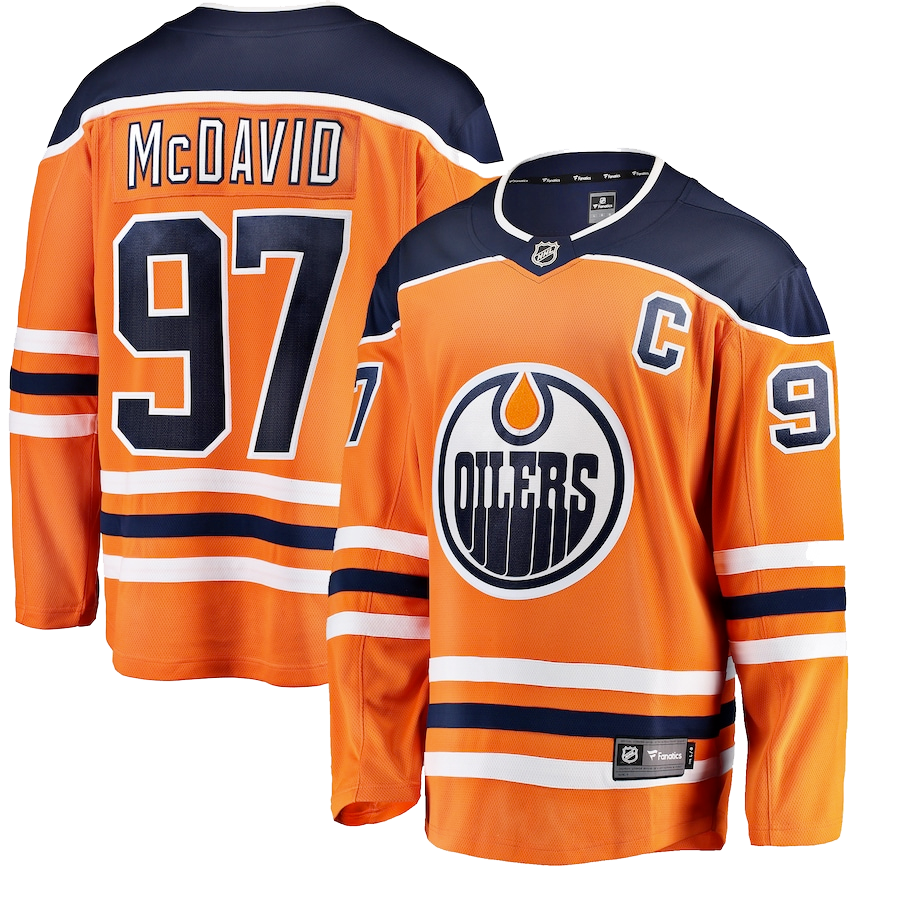No disrespect to Paul Kariya. That’s what I’m supposed to write just before I tell you that he shouldn’t be going in to the Hall of Fame. Not this year. Not with Teemu Selanne. Right?
I’m not saying he should never be there. There are cases like his—Cam Neely, Eric Lindros—where the numbers don’t quite support the inclusion but injury was a factor in longevity. But I wish it weren’t now, not when one of the greatest hockey players of all time, and the one who most thrilled audiences in Winnipeg, Anaheim, and elsewhere for more than a decade and a half, is getting his due. That, obviously, is Teemu Selanne.
684 goals. 1457 points. 44 more playoff goals. A Stanley Cup. The Calder Trophy as a 22-year-old rookie. 76 goals that year. A Rocket Richard trophy, and later a Masterson. 144 goals after winning the Stanley Cup in a year that some people thought might be his last. Three 50-goal seasons. That’s Hall of Fame production.
Kariya and Selanne. The dynamic duo on the ice. Best friends and joking good-fellows off of it, an act that they’ve carried on this past week, including at their Hall of Fame question period on Friday, according to a newspaper report.
That’s exactly the problem. They’re not getting inducted because they’re chums. Or funny. They’re getting in, in theory, because of their superlative contributions to the game. But being funny, acting like the kids who roomed together in their twenties and, according to media reports, nursed an addiction, in Selanne’s case, to Baywatch episodes, is the portrait of themselves they have presented this week.
In fact, all the way back to June, when they got the phone call that they were going in. Reports this week said Selanne heard first. Kariya was surfing. He got back to his car and heard a screaming, incomprehensible call from Selanne, who sounded like a teenager.
Sure, it’s great to be excited. And it might even be great to act like a kid. But when that becomes the thing people talk about, somebody’s got it all wrong.
Selanne needs to be remembered like this: as a tenacious player, far stronger than you’d think he was, who had speed to get to the net. He didn’t often carry the puck. But he finished. Give him a millisecond, and the puck would be off his stick and into whatever tiny space the goalie could not cover.
He did it again and again. He was still doing it the year he retired. The night he scored his 600th goal, if I remember right, he scored one or two more. On that night, I knew I was seeing greatness. In the locker room after, he was his usual self. Joking, funny. But underneath it all, he was as amazed as the rest of us at what he had accomplished. And he wasn’t finished.
He might not even be finished now. Look at him; if you have the chance, see him in person. Heck, if he decided to play for the Finns in next winter’s Olympics, I’m sure he could do it still. He is still in that kind of condition.
But today is about the past, right? That’s what the Hall of Fame celebrates. Selanne was magic. He was the Montreal Canadiens of the 1970s—the Lafleurs, the Pete Mahovlichs—come back to life. He was speed personified. And that’s being overlooked amongst the silliness of his antics with Kariya, and what seems to be getting read as their shared induction into the HHOF.
Did you hear what Mr. Bettman said? He talked about all the other players and builders who are getting into the Hall individually, then he talked about Selanne and Kariya as “Great teammates who team up again to enter Hall together.”
No, they don’t. Selanne belongs there all by himself. He would whether he’d ever played with Paul Kariya or not. That’s been lost.
Telltale—when Bettman said that, the camera was pointed to Selanne. He looked down into his lap. Maybe in that moment, he also realized that the buddy act has cost him something.
How does the math work with Kariya? No scoring titles. One 50-goal season. No Stanley Cups. No major individual awards for outstanding play. (I’m obviously leaving out his Hobey Baker, and two Lady Byngs, plus some international success. I know this is not the NHL Hall of Fame. It’s for hockey, more broadly. But hey—it’s the NHL that most of us think of as the real thing that matters.)
So if the mutely stated claim, above, is that Kariya doesn’t quiet measure up, what’s the math? Much as I’m not crazy about Jeremy Roenick, his numbers are 513 goals and 703 assists in 1363 games. So he ticks the 1000-game threshold and the 500-goal barrier, which has always been a measure of greatness in this league. Or at least, it has been since the early 1970s, when the first few guys did it—Believeau, Mahovlich, and so forth. Roenick drafted the year Selanne was.
Or how about Alex Mogilny? 990 games, 473 goals, and 1032 points, also Selanne’s draft year. Won a Cup with New Jersey. Doesn’t take a genius to see that those numbers are way, way better than Kariya’s.
There was Mark Recchi on this list, too, at 577 goals and 1652 games played, but he’s going in with Selanne and Kariya.
If you want to talk about Kariya’s draft year, then look at Jason Arnott. 1244 games played, 417 goals. 1 Cup. Saku Koivu, another Duck (and captain of the Habs, of course)—1124 games played, 832 points.
It’s really not that hard to find comparables to Kariya’s career. Maybe that just means that Paul is the first of a cohort who will get in over the next couple of years. Fine.
But that still leaves out Selanne: among the greatest. Among the most poetic, on the ice and off. Magic on skates, and a great quote after the game, too.
That’s Hall of Fame material.


